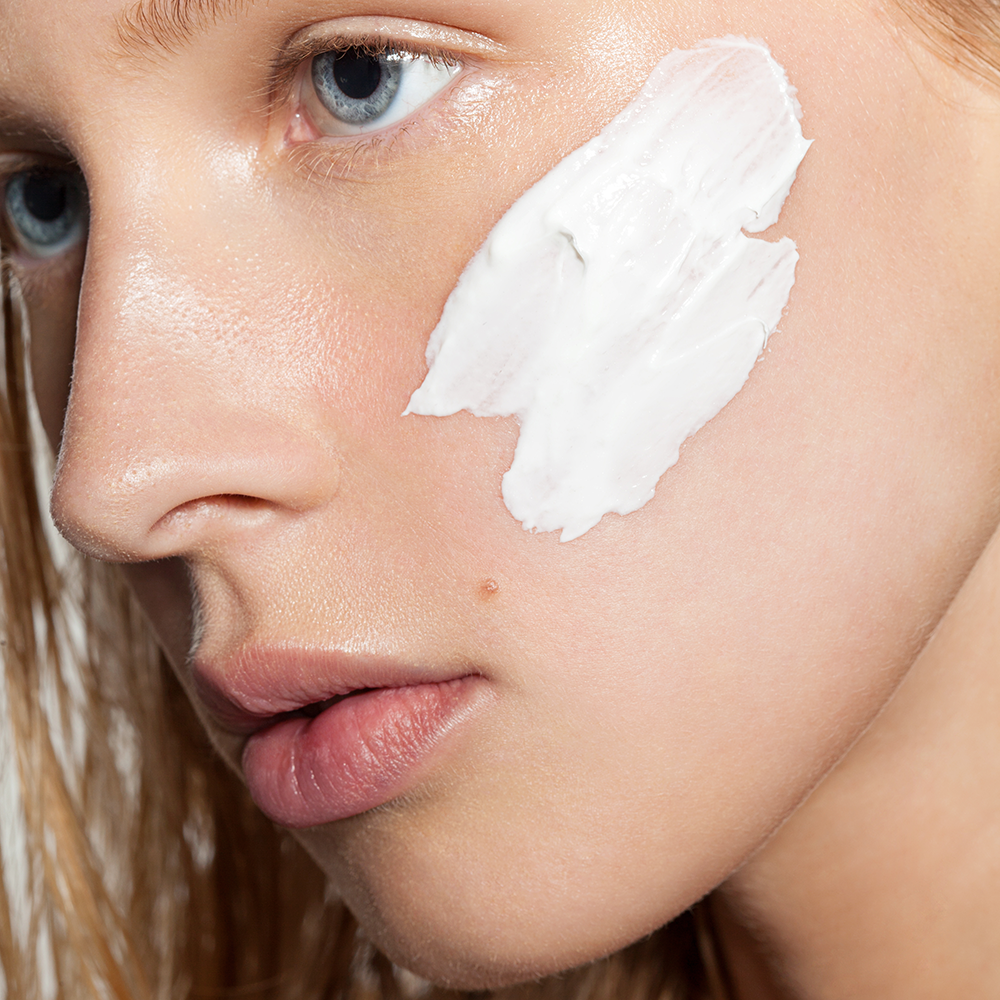‘Gliding’ is a Trending Technique for Applying Moisturizer—Here’s What to Know

When it comes to skin-care application techniques, most of us use our fingertips to put on our favorite products. But it’s 2022, and if you’re still using your fingertips to apply moisturizers and serums, you may not be getting everything out of your products. Enter skin gliding, a unique way to ‘do’ skin care with specially-designed brushes for a more even application.
Skin-care brushes originated in the spa, where aestheticians have long used spatulas and fan and body brushes to apply lotions, masks, and serums. But it doesn’t stop there. Cosmetic chemist Ginger King believes there’s an association between skin gliding and ancient Asian cupping and gua sha techniques, which also glide across the skin to promote circulation. “When it comes to skin-care products, we’re taking that idea of gliding with a dry brush to apply product instead.”
Intrigued yet? Then you’ll want to keep reading to learn everything there is to know about this trend that may have you applying your skin-care products in a new way.
What is Skin Gliding?
Matthew Waitesmith, the founder of Artis Brushes, describes skin gliding as using a smooth motion to apply, blend, and distribute formulations to the skin with special brushes. “Most skin-care products are invisible upon application, so we can’t see if the distribution is even. We assume using our fingers is satisfactory, but formulas often go on gloppy and uneven,” he shares. Waitesmith and his team tested the difference between a finger and brush application when applying moisturizer. They examined the results under a black light and found an uneven application with the fingers and an even application with the brush while using less product. “If you spend money on a product that promises to deliver an effect, don’t you want the evenest application? That’s the goal.”
However, not all formulas are a match for the trend. King says liquidy products, like serums, lotions, and oils, work best. “Heavier creams and balms are harder to spread.” But is the absorption of a product any better with a brush versus your fingers? Nanuet, NY dermatologist Heidi Waldorf, MD, says a brush will spread the product better but won’t increase its absorption. “Plus, each time you pass the brush over the skin, it’s likely to pick the product off the skin,” she explains.
What to Glide With and How to Do It
Like every skin-care product isn’t a fit for skin gliding, neither is every brush. Instead, you’ll want to use a brush packed with dense bristles that’s easy to hold and maneuver, like the Artis The Fini Brush ($30). “It works well with moisturizer and sunscreen for the face and body and even self-tanner,” Waitesmith says. Other options include Undone Beauty’s Seamless Brush ($18) and Anisa Beauty Neck Treatment Brush ($30).
Gliding is easy and doesn’t add time to your regular skin-care routine. First, load up your brush with the product of choice. Then, gently glide the brush across the skin using a sweeping motion and small circles without applying too much pressure.
Is Skin Gliding Better Than Using Your Fingers?
Your skin will be just fine if you don’t use a tool to apply your products. But cosmetic chemist Victoria Fu says skin gliding with a brush gives a more even, thorough application.
Just because it’s trendy to lay down your products with a brush doesn’t mean everyone is on board with the practice. New York City dermatologist Jody Levine, MD, recommends applying skin-care products with clean fingers. “Brushes can irritate the skin and accumulate dead skin cells, dirt, oil, and bacteria over time,” she adds.
Still, gliding is a more hygienic way to apply skin-care products since finger application (when dirty) can contaminate your products and spread bacteria across the face. “Also, with a brush, you get better, more even coverage without the feeling of messy hands,” King adds. “And it can help with microcirculation as long as you don’t have super sensitive skin.” However, the cleanliness factor goes out the window when using a dirty brush. Cosmetic chemist Gloria Lu says a good skin brush should have anti-microbial synthetic bristles, yet cautions leaving the product on the brush for too long can cause bacteria growth. Regularly washing your brushes is important to prevent product buildup and bacteria.
In the end, skin gliding may be more of a ritualistic experience than a scientifically proven one. If skin gliding has you dialing into skin care more than ever before and allows you to be consistent, then we say stick with what works for you.

